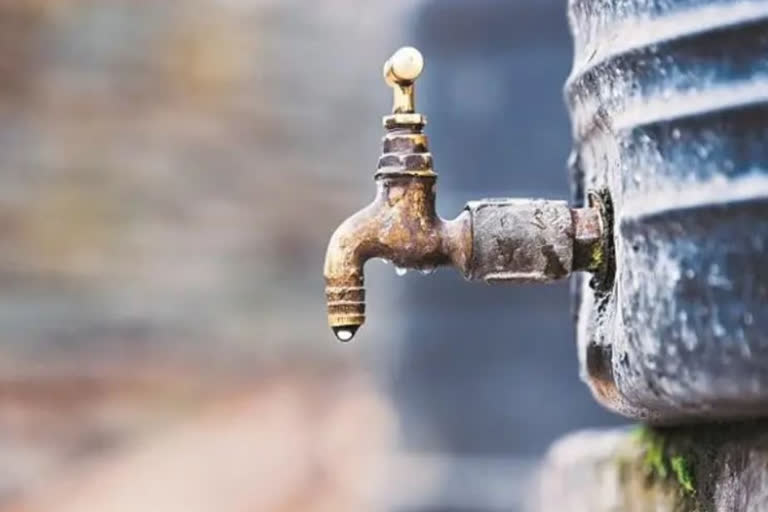New Delhi: A large number of rural habitations in Assam, Rajasthan, Bihar and Odisha are affected by contaminated groundwater whereas a large number of habitations in these States are yet to be covered with community water purification plants (CWPPs).
Central government statistics in possession of ETV Bharat said that Assam with 20,956 habitations leading the list of such States with contaminated water followed by Rajasthan 12,160, Bihar 3966 and Odisha 3465 habitations.
As many as 1194 habitations in Assam are affected by Arsenic, 12 habitations are affected with fluoride and 19745 habitations are affected by iron.
Similarly, 1358 habitations in Rajasthan are affected by fluoride, 10106 habitations are affected by salinity, 691 habitations are affected by nitrate and five habitations are affected by iron.
The statistics said that the majority of the habitations (3939) in Bihar are affected by iron and a few of the habitation is affected by fluoride and arsenic. Similarly, 3338 habitations in Odisha are affected by iron whereas 69 habitations are affected by fluoride, 33 habitations are affected by salinity and 25 habitations in Odisha are affected by nitrate.
Ironically, a few habitations in these States are covered with community water purification plants (CWPP). The statistics said that 1220 habitations in Assam are covered with CWPP whereas a large number of habitations are deprived of getting such water purification plants. It further said that only two habitations in Bihar, 1220 in Rajasthan and one habitation in Odisha are covered with CWPP.
In a recent communication to the States and UTs, the central government has advised them to install CWPP in such habitations to provide potable water to every household at the rate of 8-10 litre per capita per day (lpcd) to meet their drinking and cooking requirements. It may be mentioned here that the central government in partnership with States is implementing Jal Jeevan Mission (JJM) since August 2019, to provide potable tap water of prescribed quality to every rural household in the country by 2024.
While allocating funds to the States and UTs under this mission, 10 per cent weightage is given to the populations residing in habitations affected by chemical containments including arsenic and fluoride.
"The central groundwater board (CGWB) generated groundwater quality data of the country on a regional scale as a part of its groundwater quality monitoring programmes and various scientific studies. These studies indicate the occurrence of contaminants including arsenic and heavy metals beyond permissible limits (as per BIS) for human consumption in isolated pockets in various States and UTs," the central government report highlighted.
As per information provided by the department of drinking water and sanitation, as many as 47873 habitations in 19 States across India have quality issues in drinking water sources.
Read: Vice President calls for making justice accessible and affordable



